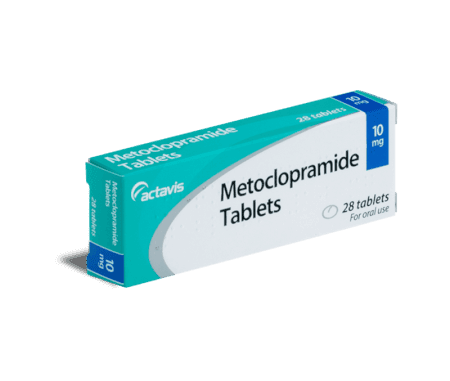This is an automatically translated article.
Chloramphenicol is an antibiotic that works by stopping the growth of bacteria. The following article will provide information you need to know about the drug Chloramphenicol.
1. What is Chloramphenicol?
Chloramphenicol is prepared in the form of tablets and capsules (chloramphenicol) with a strength of 250mg. In addition, there is an oral emulsion (chloramphenicol palmitate) with a content of 150mg / 5ml and an injectable form (powder for injection, chloramphenicol sucinate sodium) 1g / vial.
2. Uses of Chloramphenicol
Chloramphenicol is indicated for use in serious and serious infections caused by susceptible bacteria caused by Rickettsia commonly found in Vietnam (the name of the disease is Scrub typhus) caused by Haemophilus influenzae.
The drug is also effective in the treatment of typhoid caused by sensitive S. typhi; brain abscess; mastoiditis ; rat flea disease; plague; tularaemia; purulent meningitis.
3. Chloramphenicol dosage
In the case of infections caused by susceptible bacteria and other antibiotics are not effective, oral, intravenous or intravenous infusion may be indicated.
Adults and children use the dose of 50mg / kg / day and divided into 4 uses. In case of severe infections such as meningitis, bacteremia, Rickettsia infection, the dose can be up to 100mg/kg/day and divided into several doses. Once clinically indicated, the high dose must be reduced immediately. Children younger than 2 weeks old dose is 25mg/kg/day, divided into 4 times. Children from 2 weeks old to 1 year old, the appropriate dose is 50mg/kg/day, divided into 4 times.
The dosage form should be used according to the manufacturer's instructions.
4. Precautions when using Chloramphenicol
4.1 Warnings when using the drug The following factors should be considered before deciding to use Chloramphenicol:
Allergic factors: Inform your treating doctor about your history of allergies or any other adverse reactions. usually with Chloramphenicol or any other medicine. Use in the elderly: There is no specific information showing any difference in the use of this drug in the elderly compared to other age groups. Use in pregnancy or breast-feeding: Studies are not available to determine the degree of risk when using this medicine in women who are pregnant or breast-feeding. Consult with your doctor to carefully weigh the benefits and risks of using the drug. Chloramphenicol is classified as a class C drug - a possible risk to pregnancy. 4.2 Side effects of the drug Chloramphenicol can cause side effects for users, however, not everyone has side effects when taking the drug or it may be just minor side effects such as diarrhea, feeling nauseous or mildly vomiting. Need to contact the treating doctor or pharmacist if in the process of using the patient encounter the following side effects:
Have a severe allergic reaction: On the skin appears a rash, hives, itching; Difficulty breathing, feeling chest tightness Swelling of mouth, face, lips, tongue Falling into an unstable mental state, confusion, delirium, depression; Urine is dark in color; headache, fever, chills, swallowing sore throat; The injection site is red, painful, and swollen; Newborn with Gray Syndrome symptoms: Abdominal swelling, pale, pale skin, vomiting profusely, shock, difficulty breathing, not breastfeeding, loose and blue stools, soft muscles, low body temperature ; Unusual bleeding or unexplained bruising; Fatigue of unknown cause Vision changes.
5. Chloramphenicol drug interactions
Drug interactions occur that can change the ability of the drug to work or increase the effect of side effects. This article does not cover the full range of possible drug interactions. You should tell your doctor or pharmacist about all the medications you are taking (prescription, nonprescription and dietary supplements) before using Chloramphenicol. Do not self-medicate, stop or change the dosage of the drug without the permission of your doctor or pharmacist.
Taking Chloramphenicol with the medicines listed below is not recommended but may be necessary in some cases. If both medicines are prescribed together, your doctor or pharmacist may change the dose or frequency of one or two medicines:
Citalopram; Voriconazole. The above important information has helped you better understand the mechanism of action and how to use Chloramphenicol. If you have any questions, you should consult your doctor for appropriate indications.
Please dial HOTLINE for more information or register for an appointment HERE. Download MyVinmec app to make appointments faster and to manage your bookings easily.













